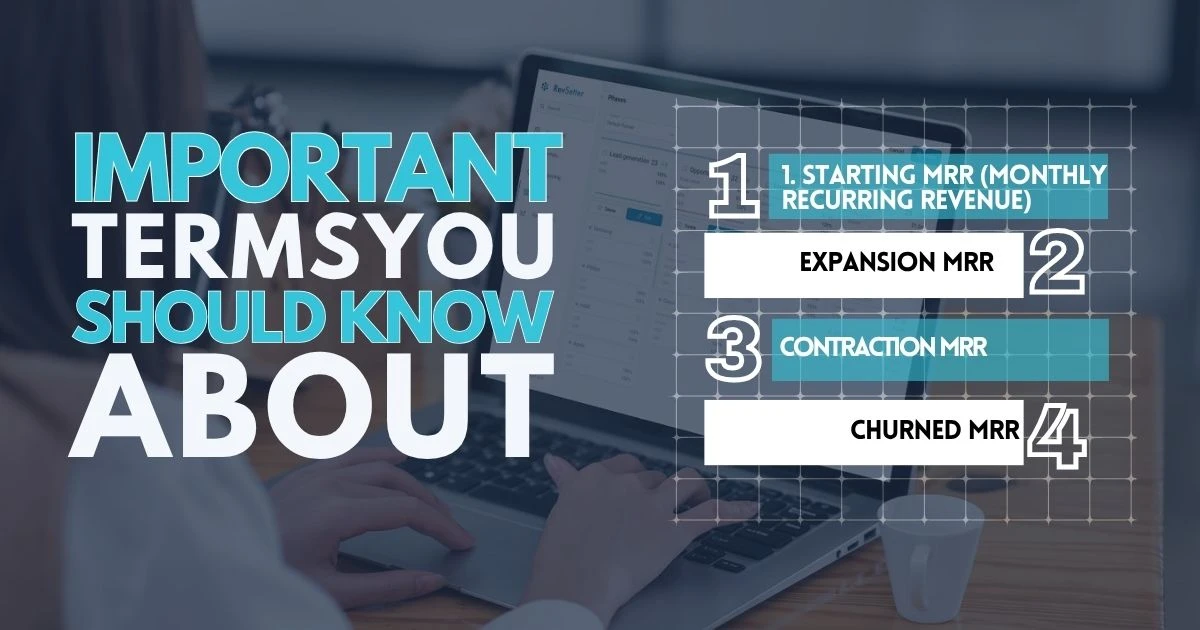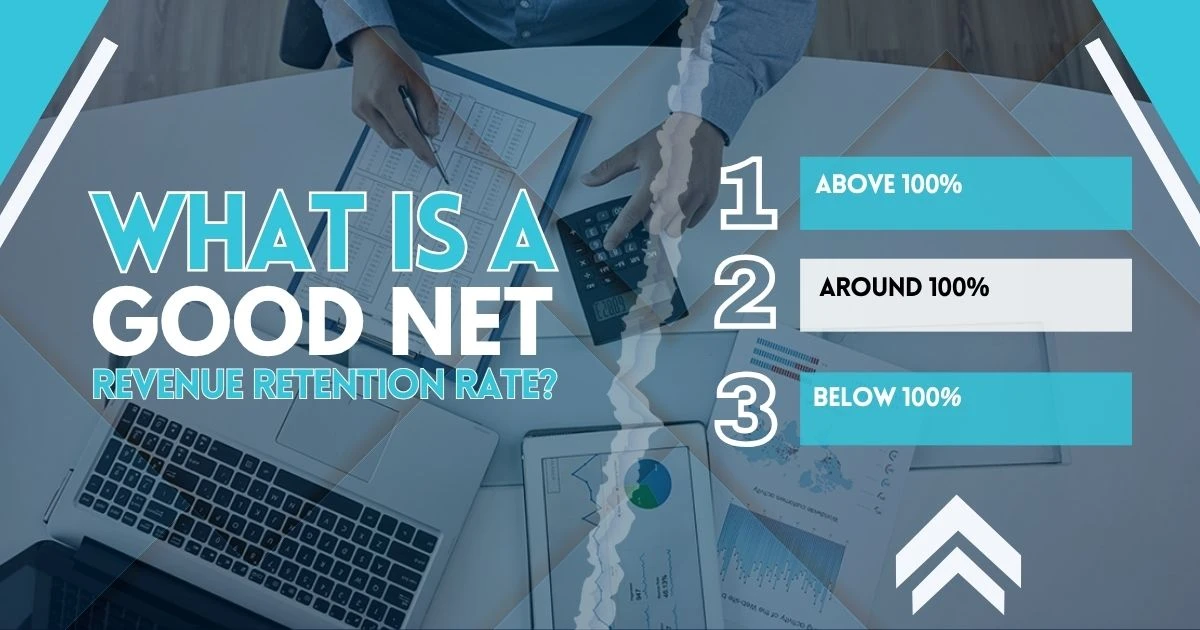When it comes to understanding the real growth of a business, Net Revenue Retention—or NRR—is one of the most important metrics out there. It doesn’t just tell you how much money is coming in each month—it reveals how much of that revenue sticks around, even after some customers cancel, downgrade, or scale back their spending.
More importantly, it highlights how much your existing customers continue to invest in your product or service over time.
So, what exactly is Net Revenue Retention? Why is it such a big deal for SaaS and subscription-based businesses?
Why Does NRR Matter?
Net Revenue Retention offers valuable insight into how effectively a company is generating additional revenue from its existing customer base. It measures the success of efforts to retain clients, expand their usage, and encourage upgrades or additional purchases, without relying on acquiring new customers.
This internal growth is often more sustainable and cost-effective, making NRR a critical indicator of a company’s ability to deepen customer relationships over time.
A high NRR typically reflects strong customer satisfaction, minimal churn, and successful upselling or cross-selling strategies. It signals that customers are not only sticking with the product or service but also finding increased value in it, leading them to invest more.
Important Terms You Should Know

To accurately calculate Net Revenue Retention, it’s important to first understand the key components of the formula. These include recurring revenue at the beginning of the period, revenue gained from customer upgrades, and revenue lost due to downgrades or cancellations. Each factor plays a critical role in measuring true retention performance.
1. Starting MRR (Monthly Recurring Revenue)
This refers to the Monthly Recurring Revenue (MRR) generated solely from existing customers at the start of the measurement period. It excludes any revenue from newly acquired customers during that time and serves as the baseline for calculating changes in customer-driven revenue.
Understanding this starting point is critical, as it allows businesses to measure true retention and growth from their current customer base without the influence of new sales.
2. Expansion MRR
This represents the additional revenue generated from existing customers who choose to upgrade their plans, increase their usage, or purchase supplementary products or services during the measurement period.
Often referred to as “expansion revenue,” it reflects how effectively a company is deepening its relationship with current clients by delivering continued value. This growth within existing accounts is a key driver of a high Net Revenue Retention rate and indicates strong customer engagement and satisfaction.
3. Contraction MRR
This refers to the reduction in recurring revenue that occurs when existing customers choose to downgrade their subscriptions, such as moving to a lower-tier plan, reducing the number of users, or eliminating optional features or services.
Known as contraction revenue, this component reflects a partial loss of value from current customers. While they have not fully churned, their reduced spending can indicate changing needs, dissatisfaction, or budget constraints. Tracking this metric helps businesses identify early warning signs and address issues before they lead to full cancellations.
4. Churned MRR
This represents the total loss in recurring revenue resulting from customers who cancel their subscriptions entirely during the measurement period.
Commonly referred to as churned revenue, it reflects customers who have fully disengaged from the product or service and are no longer contributing to the company’s recurring income. High churn rates can signal issues such as poor product-market fit, inadequate customer support, or competitive alternatives.
How to Calculate Net Revenue Retention
The formula for calculating Net Revenue Retention is as follows:
NRR = ((Starting MRR + Expansion MRR − Contraction MRR − Churned MRR) ÷ Starting MRR) × 100
This formula helps businesses understand how much recurring revenue is retained from existing customers over a specific period, including the impact of upsells (expansion), downgrades (contraction), and cancellations (churn). A result above 100% indicates that the company is growing revenue from its current customer base, even without acquiring new customers.
Step-by-Step Example
Let’s say a company has the following figures for the month:
- Starting MRR = $100,000
- Expansion MRR = $20,000
- Contraction MRR = $5,000
- Churned MRR = $10,000
Using the formula:
NRR = (($100,000 + $20,000 − $5,000 − $10,000) ÷ $100,000) × 100
NRR = ($105,000 ÷ $100,000) × 100 = 105%
Interpretation: The company achieved a Net Revenue Retention of 105%, meaning it grew its revenue from existing customers by 5% during the period—without acquiring any new clients. This is a strong indicator of customer satisfaction, successful upselling, and long-term revenue stability.
What is a Good Net Revenue Retention Rate?

Understanding what makes a strong NRR rate helps businesses evaluate how well they are keeping and growing their existing customer base. Here are three common NRR levels and what each one means:
1. Above 100%
An NRR above 100% is considered excellent. It means the company is not only keeping its current customers but also earning more from them through upgrades or additional purchases.
2. Around 100%
An NRR around 100% is a healthy sign. It shows that the company is maintaining its revenue from existing customers, even if there is little or no growth.
3. Below 100%
An NRR below 100% may be a warning sign. It suggests the company is losing revenue from current customers, possibly due to cancellations, downgrades, or dissatisfaction with the product or service.
How to Improve Your NRR

Improving NRR means helping your current customers stay longer and spend more over time. This requires understanding their needs, offering value consistently, and responding to signs of dissatisfaction before it’s too late.
Offer Tiered Pricing and Upgrades
Create different pricing plans that allow customers to choose options based on their needs and budget. As their usage grows, they can easily move to higher-tier plans, leading to more revenue without needing to find new clients.
Focus on Customer Success
Make sure customers continue to benefit from your product or service after the sale. Providing helpful support and guidance can increase satisfaction, reduce cancellations, and encourage future upgrades.
Analyze Churn Reasons
When a customer leaves, try to find out why. Collecting and reviewing feedback helps identify common problems so you can fix them and prevent others from leaving for the same reasons.
Monitor Usage and Engagement
Keep track of how customers are using your product. If someone’s usage drops or they stop engaging, reach out with helpful tips, support, or solutions before they decide to cancel.
The Power Behind the Percentage
Net Revenue Retention is more than a performance metric—it’s a mirror reflecting the strength of a company’s relationship with its existing customers. It tells a deeper story: not just about revenue, but about trust, satisfaction, and long-term loyalty.
In a world where acquiring new customers becomes more expensive by the day, the real power lies in retention. Companies that master NRR aren’t just holding ground—they’re building momentum, expanding from within, and proving that sustainable growth doesn’t always require chasing the next big lead.
As businesses race to scale and investors demand predictability, one question remains at the core of financial strategy: Is your company growing because of new wins, or because your existing customers believe in you enough to stay—and spend more?
FAQs
What is Monthly Recurring Revenue (MRR), and why is it important?
Monthly Recurring Revenue (MRR) is the predictable income a subscription business earns each month from active customers. It forms the foundation for revenue analysis and helps track growth, retention, and long-term financial stability.
How do Expansion MRR and Churned MRR impact Net Revenue Retention?
Expansion MRR increases NRR by capturing additional revenue from customer upgrades, while Churned MRR lowers it by reflecting losses from customer cancellations. Together, they provide a more complete picture of recurring revenue performance.
Why is customer retention more valuable than acquiring new customers?
Customer retention often costs less and delivers more consistent recurring revenue over time. Retained customers are also more likely to upgrade their subscriptions, boosting profitability and stability.
What role do customer downgrades play in a subscription business?
Customer downgrades reduce Expansion MRR and signal potential dissatisfaction or budget constraints. Monitoring downgrade trends helps businesses improve offerings and strengthen retention stra
